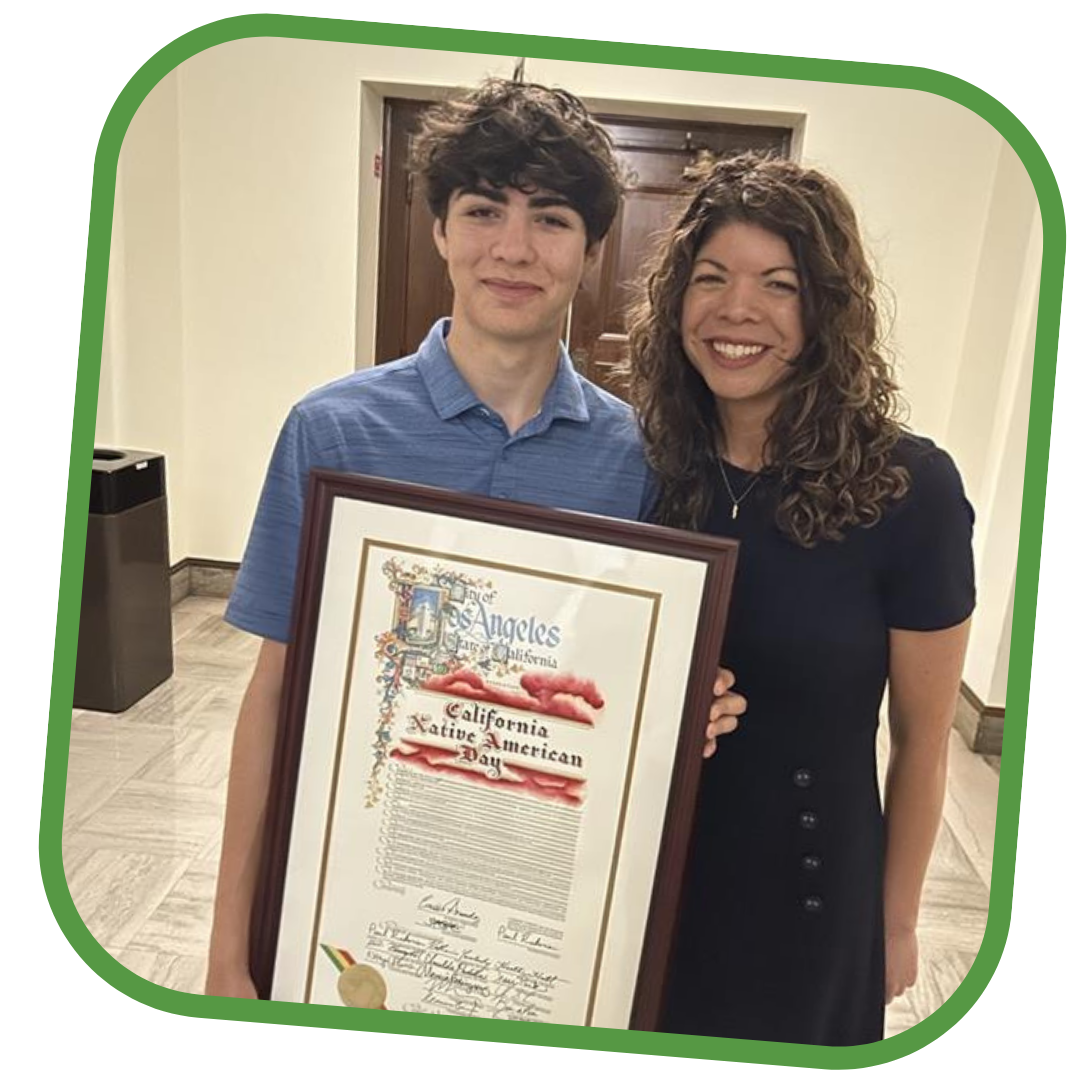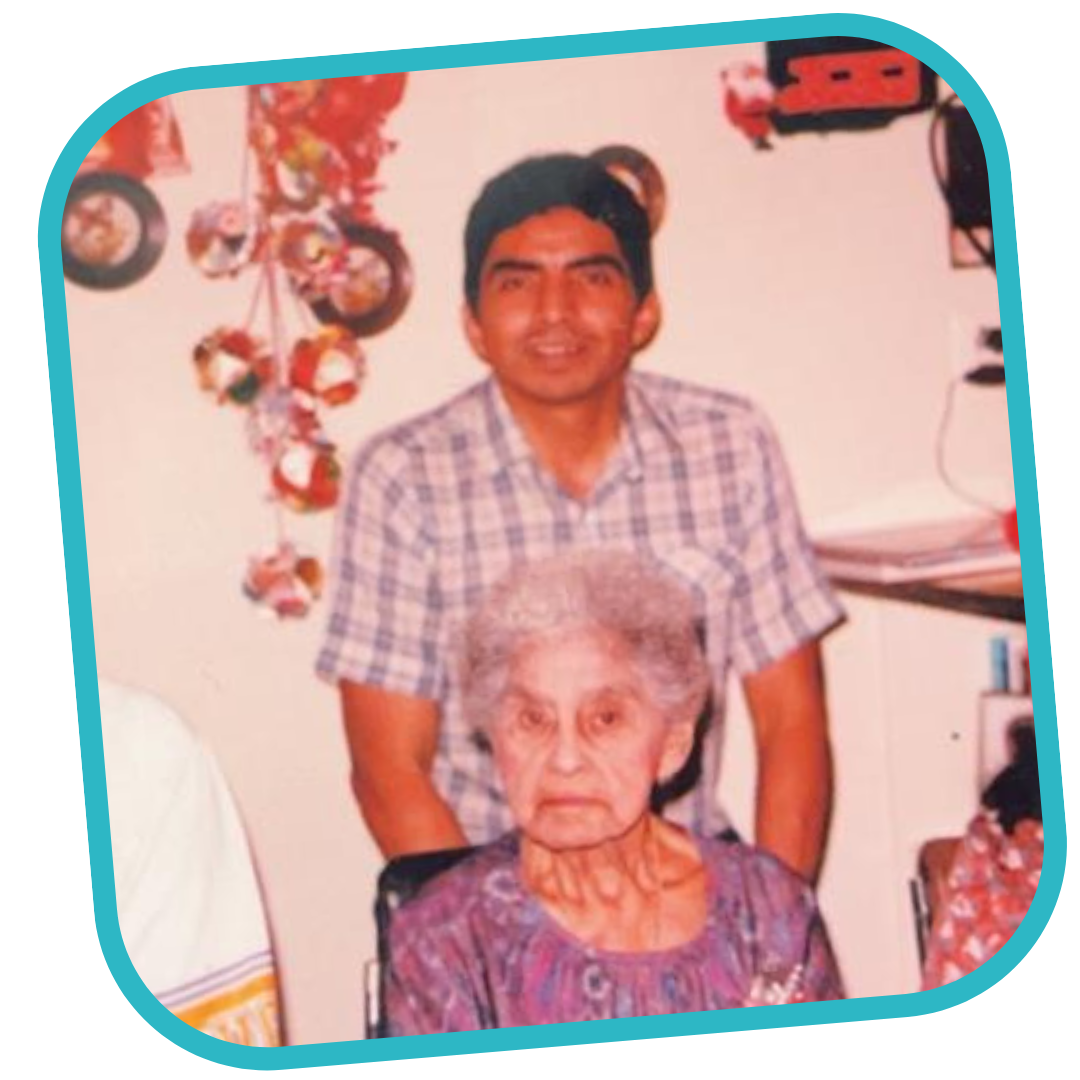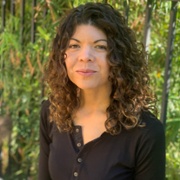Representation and Empowerment: Amplifying Californian Voices for Native American Heritage Month
By Ravena Soto | November 16, 2023
Project Coordinator - Tribal Community Coordinating Center, ETR
California is home to 109 federally recognized Tribes, yet many residents are unfamiliar with the plethora of unique cultures that surround them. The very concept of contemporary California Tribal people navigating the complexities of modern life is hard for many to comprehend.
Growing up, I struggled with my identity. When asked about my origins, my response was often questioned and met with skepticism. Such pervasive thoughts cast a shadow on my sense of self, and I questioned where I fit in the world.
The Reality for Native Californians
My experience was not isolated; it was part of a larger narrative of erasure. My mother, burdened by not wanting to explain herself, would claim Italian heritage to avoid unwarranted scrutiny. My grandmother chose isolation over facing the judgment of a world that rejected her. She refused to attend our school events, never socialized, and only left the house for necessary errands. She felt so out of place in her ancestral homelands that she hid herself away.

Her behavior was not irrational. Native Californian people were rarely included in the narratives of my childhood unless they were portrayed as primitive and extinct relics of the past. I knew the existence and reality of my community, yet we were tucked away from the awareness of the wider world. I felt voiceless, uncomfortable, and invisible, so it never crossed my mind that I could share my story or advocate for myself or family.
In recent times, there has been a resurgence of strength and visibility. We have emphatic leaders like Assemblymember James Ramos, who is a trailblazer as the first Native Californian to serve in the legislature. Witnessing his advocacy has been nothing short of remarkable and validating.
For the first time, I feel genuinely represented by a public figure, as he unapologetically speaks up and pushes for change on behalf of Native Californian people. This change signifies more than just a political milestone; it symbolizes the resilience and power of our people.
We are deeply ingrained in our communities. Events like California Native American Day, observed every fourth Friday of September, are poignant celebrations of people that have flourished here for centuries. This significant day offers a dedicated space to accurately share our cultures, histories, and to choose how we represent ourselves.
This year, cities and counties throughout California stood in solidarity to issue proclamations acknowledging California Native American Day, and to pledge ongoing support for the state's first people.
Native Californian History is My History
When the Los Angeles City Council issued their proclamation for California Native American Day, I had the privilege of attending and reading a letter from my father. His words encapsulated the pain of being swallowed by the annals of history and erased in a city he and his ancestors called home. My father’s story is about a struggle with identity and a childhood marred by discrimination. He was cast out as a “foreigner” and treated like an unwanted stranger in his own land.
Here is his letter:
“My name is Vincent Carlos Soto. I am a member of the Gabrielino Tongva Tribe from Southern California. I was born in Boyle Heights in 1941 and grew up in San Gabriel a few blocks from the mission. Growing up, my family was considered Mexicans. It didn’t seem to matter because we were equally discriminated against.
I was in 2nd grade right after Mendez V. Westminster desegregated California schools and stopped the practice of sending Mexican American students to separate remedial schools. My mother decided to transfer me and my two siblings to Mckinley school in San Gabriel because it was supposed to be a better school. My experience at this school was not better.
It was traumatic because I was bullied and isolated from the white students. I told my mom I didn’t want to go there anymore because the kids were calling me names and wouldn’t let me play with them because I was Mexican.

This is when my mom told me that I wasn’t Mexican but an Indian. She told me we had relatives buried in the San Gabriel Mission and took us to visit. We went into the chapel, and she told us we had to be respectful because our ancestors were buried in the walls and under the floors. I didn’t understand what any of this meant as a child, but later I learned about the mass graves of Native People around many of the Missions.
I had to look up who the Indians were and what happened to them on my own, because we weren’t taught in school. I read they were killed off, and this was confusing for me as a child. I couldn’t understand who I was. I felt like I didn’t exist.
In the past, no one wanted to hear our stories, but I believe people are more tolerant now. I hope we can acknowledge our history so that life will be better for my grandchildren than it was for me growing up in Los Angeles. I’m happy to see more of a positive focus on Indigenous people in California in a way that tells the truth about who we are and what happened to us.”
Hear and Remember Native Stories
My family’s story, and the stories of countless others echo the same plea for recognition. We are the descendants of the original inhabitants of this land and our culture, our history, and our contributions to this vibrant state have been overlooked for far too long.
However, change is beginning to grow. For the first time, my father had the opportunity to publicly tell his story thanks to advocates like Assemblymember James Ramos and his staff for organizing the issuing of the proclamations. I know our journey toward visibility is far from over, but I see our communities rising and our voices increasing in strength.
To all who read these words, I implore you to engage with our history, to listen to our stories, and to stand with us as allies and advocates. We can celebrate Native American Heritage Month, California Native American Day, and every day by committing to a future where no voice is silenced, no story is erased, and where all people can stand proud and understood.
Ravena Soto (she/her/hers) is the Project Coordinator for ETR’s Tribal Community Coordinating Center. She is from northern California and a member of the Enterprise Rancheria Maidu Tribe. Ravena lives in the Los Angeles area and works to support California Tribal communities and Tribal-serving organizations in pursuit of more positive health outcomes. Ravena can be reached at ravena.soto@etr.org.





